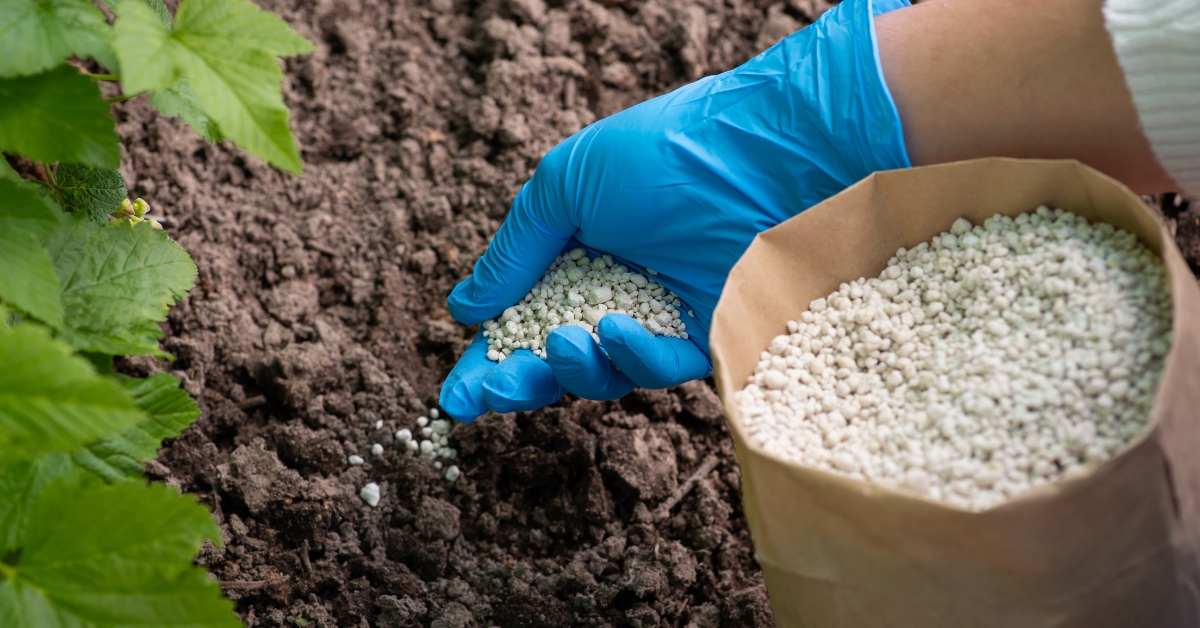Many homeowners dream of a lush, weed-free lawn, but achieving this goal takes more than just watering and mowing. A thoughtful approach to fertilization and weed control creates the foundation for a green, thick yard resilient to everyday stresses. With busy schedules and varying climates, taking cues from reliable lawn care Southlake methods is helpful to ensure your efforts provide long-lasting results. Not only does proper care enhance curb appeal, but it also promotes soil health and valuable root development. Science-backed lawn care goes beyond appearance. Healthy turfgrass prevents erosion, limits pests, and naturally outcompete weeds with strong root systems.
Core Principles of Fertilization
Fertilizers provide essential nutrients — especially nitrogen, phosphorus, and potassium — that lawns need to grow dense, green grass. Each lawn is unique, so it helps to conduct a basic soil test first. This assists with correct nutrient selection and prevents overuse. Fertilizers vary in slow-release and quick-acting formulas; slow-release varieties feed grass steadily and minimize the risk of burning. Follow package instructions carefully and focus on even distribution for best results.
Over-fertilization can lead to excessive growth and increased susceptibility to disease, while under-fertilization results in pale, thin turf that weeds may invade.
Navigating Weed Control Basics
Weeds are opportunists, thriving where lawns are thin or nutrient-starved. Weed control begins with identification. Annual grassy weeds, such as crabgrass, and broadleaf weeds, like dandelions, each require different strategies. Pre-emergent herbicides target seeds before they sprout, while post-emergent options deal with established weeds. Hand-pulling is also effective for isolated weeds, especially after rainfall when the soil is soft. Creating a thick, healthy lawn by proper mowing, watering, and fertilizing remains the most effective, long-term weed defense.
Choosing the Right Products and Tools
Walking the lawn with a spreader ensures even fertilizer coverage, while sprayers or broadcast spreaders help target weeds with herbicides. Choose products labeled for your grass type and always observe safety guidelines. Wear gloves and avoid windy days to minimize drift. Organic options are growing in popularity and can support soil microbes for long-term yard vitality. These natural treatments often release nutrients more slowly, reducing the risk of runoff and promoting sustainable lawn care practices.
Strategic Seasonal Timing
Timing is a crucial component of effective fertilization and weed control. Cool-season grasses typically get their first feeding in early spring, with a follow-up in fall for winter hardiness. Warm-season lawns respond to fertilizer after their green-up in late spring. Pre-emergent weed treatments are best applied just before seeds germinate, often when soil temperatures reach about 55 degrees Fahrenheit.
Sustainable Lawn Care Practices
Sustainable lawn programs prioritize nutrient efficiency and protect beneficial soil life. Mow higher to shade out weed seedlings, mulch your clippings to return nutrients, and water deeply but less often to grow deeper roots. Minimizing chemical inputs by improving lawn health naturally can produce a resilient, low-input landscape over time.
Routine Tips for Beginners
New to lawn care? Begin with a clean, sharp mower blade, and avoid cutting more than one-third the height of grass at once. Maintain a consistent fertilization routine and spot-treat weeds rather than blanket-spraying. Monitor for signs of overwatering or burn, and keep a lawn calendar to track your progress. With patience and practice, your lawn can become one of the neighborhood’s healthiest, making your investment in time and care well worth it.








Leave a Reply